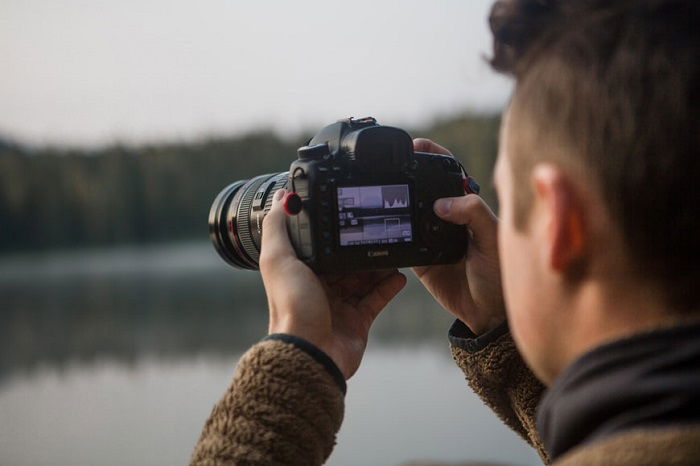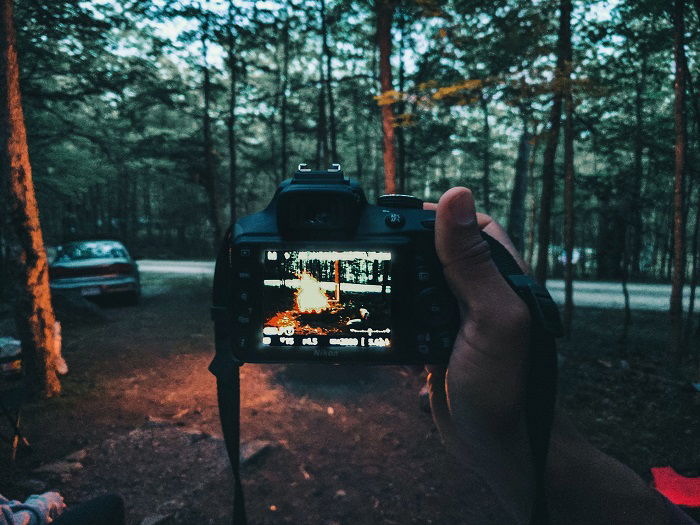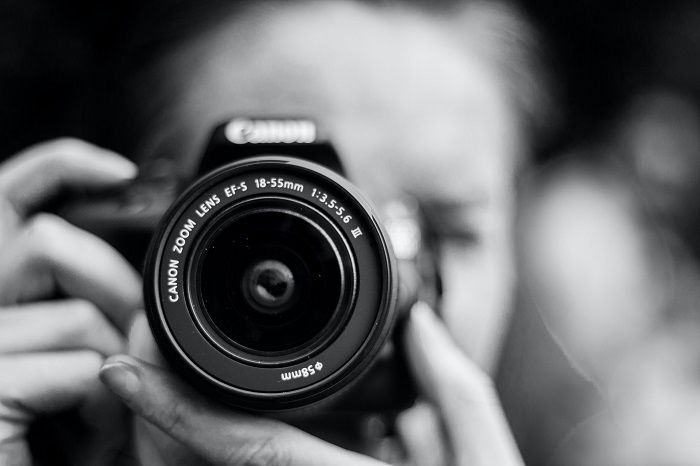Digital photography is full of jargon and technical terminology. And one of the most common terms you’ll come across is a “RAW file.” You’ll find it on your camera and in your editing software. And you’ll hear other photographers talking about them.
But what are RAW files? What are they for, and how do you open them? If you need these questions answered, you’re in the right place. We’ll give you a quick rundown of RAW files and how they work.
What Is a RAW File?
A RAW file is a type of image file created by modern digital cameras. All enthusiast and professional-level cameras will give you the option to shoot in RAW. And even some beginner digital cameras provide that option too.
A RAW image file contains the complete and uncompressed information relating to that image. It holds all the original data from the camera’s sensor. The image will show the photo, including the adjustments made by the camera settings, like the ISO and white balance.
Unlike other image files, a RAW format file holds on to the unchanged information from the camera sensor. This gives you much more freedom to edit your image in post-processing.
The RAW files contain the sensor’s original image data, which you can revert back to. This means you can remove or change the settings you used in-camera when editing them image. Ultimately, a RAW file gives you the greatest amount of creative freedom for image editing.

Differences Between RAW and JPEG Files
You might be more familiar with the JPEG file format. They’re compact, compressed, and more universally accessible. Most digital cameras will create images as JPEGs as the default setting.
A JPEG stores an image with all the camera settings applied. Whichever ISO or saturation preferences you used while taking the picture are saved as basic image information.
It makes for a smaller-sized file as it holds less information. This is good for storing and moving files. And it means you can open a JPEG with very basic software.
The downside is that you have less freedom when editing the image. You can’t undo or change any of the settings applied in-camera. The image created by the camera is the baseline you have to work with.
JPEG files also have inferior image quality compared to RAW files. A JPEG is compressed, which makes it a smaller file, but the file loses image data and information from the sensor.

RAW File Formats
One of the problems with RAW image files is that there is no universal RAW file format. All the leading camera manufacturers use their own RAW image format. This can cause problems when sharing files or working with others.
The most common RAW image file is the .dng format. Adobe created the .dng in 2003 in to create a universal RAW file everyone in the industry could use. It hasn’t solved the problem completely, but it has become the most common RAW file.
There are still many different RAW file formats, each with its own RAW file extension. The problem is that you need specific programs to open and edit each RAW image format.
No program can open all RAW image formats, which can make opening RAW files a bit tricky.

How to Open a RAW File
You can open a JPEG with a couple of clicks on pretty much any device. But opening a RAW file isn’t so simple. Certain RAW file formats need specific programs to open and view them.
If you want to open RAW image files, you’ll need editing software such as Adobe Lightroom or Photoshop. They are the leading programs for photo editing in the industry. But you need to pay the subscription fee to use them.
If you open a RAW image with Lightroom, the process is simple, and you don’t need any other programs. Photoshop is a bit tricky because you need Adobe Camera Raw to prepare the file for editing.
Adobe software can open all .dng RAW format files, as this is their format extension. And they do recognise many of the RAW extensions of the leading camera brands.
The problem is that Adobe software updates don’t always keep up with the manufacturers. If a camera brand releases a new camera model with a new RAW file extension, Adobe might not recognise it until its next update. Or maybe not at all.
It can be a frustrating situation. But there are workarounds and solutions to using other RAW file reading programs.

File Extensions and File Reading Programs
Finding the right software for each RAW file extension can be a bit of a maze. But we’ve got a list of the extension names, their manufacturer, and the program you need to open the file:
- IIQ: Intelligent Image Quality by Phase One. Use Capture One, Adobe Lightroom, or Photoshop.
- 3FR: Hasselblad. Use Adobe Photoshop Elements, Microsoft Photos, or File Magic.
- DCR, K25, KDC: Kodak. Use GIMP or Adobe Photoshop.
- CRW, CR2, CR3: Canon. Use Adobe Photoshop or Lightroom.
- MEF: Mamiya. Use Adobe Photoshop Elements or DNG Converter.
- MOS: Leaf. Use Capture One or RawTherapee.
- NEF: Nikon. Use Adobe Photoshop or Lightroom.
- ORF: Olympus. Use Aftershot, Adobe Photoshop CC, or Photoshop Elements.
- PEF: Pentax Electronic File by Pentax. Use Adobe Photoshop and Photoshop Elements.
- RW2: Panasonic. Use Adobe Photoshop Elements or RawTherapee.
- ARW, SRF, SR2: Sony. Use Adobe Photoshop or Photoshop Elements.

The Pros of Shooting in RAW
There are plenty of benefits to shooting in RAW file format. The main pro is that the RAW file gives you far more freedom to edit your photos.
The RAW file saves the original image data from the sensor. This allows you to change settings that are usually set in the digital camera as you take the picture.
For example, you may have several photos from a shoot that you need to correct. Perhaps you didn’t realise until after, but the white balance is way off. With a JPEG, you wouldn’t be able to change it. But with a RAW image file, you can change the white balance with editing software.
RAW image files capture a greater dynamic range than other file formats. They allow you to brighten darkened areas of your shots or reduce the brightness in the over-exposed areas.

The Cons of Shooting in RAW
Shooting in RAW isn’t always smooth sailing, though. Before you run off to start snapping RAW images, there are some downsides to consider.
Firstly, the file size is much large than that of a JPEG. It holds more information, which is good for editing. But they’ll take up more space on your memory cards and hard drives. It also takes longer to transfer the files between devices.
The second downside is that RAW files always need some processing. As a basic RAW file, most programs won’t be able to view them. This makes it difficult to share them with other people and impossible to upload RAW images to social media.
In their purest form, RAW files often appear dull compared to JPEG images. The Raw file loses some of the effects and settings applied by the camera. With a JPEG, none of that information is lost.

How to Convert a RAW File to a JPEG
The process is fairly simple to convert RAW files into JPEGs. But you do need the right tools—the main one being software that can open RAW files.
Adobe Lightroom is the most straightforward. It can open and read RAW files without any other software, unlike Photoshop.
Once the file is open and you’ve made your edits, you can save export the image as a JPEG. You can even save them as TIFFs, PNGs, or GIFs.
Other programs follow the same logic. You open the file in the software, make any edits to the image, and once you’re done, save the file however you wish. Then the file is ready to share.

Conclusion: What Is a RAW File? (And How to Open One)
RAW files have become a massive part of digital photography. If you want to take digital photography seriously, you need to know about RAW files.
They are great for editing photos. You can correct errors and enhance your images in post-processing. But using RAW files can be complicated and time-consuming. So they’re not the holy grail of photography.
Check out our Effortless Editing with Lightroom course to make the most of your RAW files.

